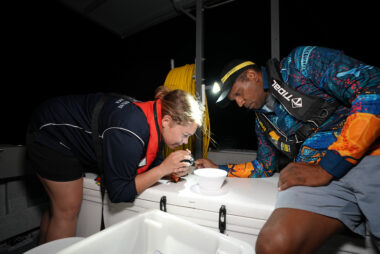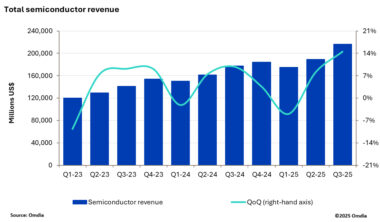Monash University experts are available to comment on the possibility of another aurora australis light display this week, and the arrival of a comet later this year.
Associate Professor Michael Brown, School of Physics and Astronomy, Faculty of Science, Monash University
Contact: +61 3 9903 4840 or [email protected]
Read more of Associate Professor Brown’s commentary at Monash Lens
The following can be attributed to Associate Professor Brown:
“Recently millions of people across the globe saw the best auroral display in decades. While many others missed this spectacular show, the good news is there will be more opportunities to see excellent auroras in 2024. They may not match what was seen in May, but they will still be well worth a look.
“The group of sunspots responsible for May’s auroras is rotating back into alignment with the Earth in early June, and it’s possible it will fire up and give us more auroras. Auroras will also be visible from southern Australia at other times during 2024.
“If you want to see an aurora, keep an eye on the Bureau of Meteorology Space Weather website for alerts. There are also social media pages that post photos of auroras when they are happening in southern Australia. If auroras are visible and you want to take a look, the best place to be is a dark site away from city lights with a clear view to the south.”
Dr Alina Donea, Senior Lecturer, School of Mathematics, Faculty of Science, Monash University
Contact: +61 3 9903 4840 or [email protected]
The following can be attributed to Dr Donea:
“A good way to forecast the solar magnetic activity is to look at the acoustic maps from the farside of the sun, where we can see two giant active regions forming, which can turn around in five to six days and flare. The sun has complex magnetic areas that may flare again, and again, which is expected because the sun is close to its peak activity for this solar cycle.
“The active region that flared and gave us the beautiful auroras in May has returned to the near side, but this time it is an aged active region which, as of today if we compare its image in continuum from satellite images, is very patchy with small umbras and penumbras. If this active region can have the magnetic power to reconnect and generate new flares and accompanying coronal mass ejections aimed at Earth i.e. auroras, we will see them very soon.
“It is important to understand the ideal conditions to form aurorae on Earth at low latitudes, and of course to understand how significant geomagnetic storms occur.
“If the solar wind and the mass ejections rushing from the sun are sustained for a number of hours via a series of flares, and if the solar wind magnetic field is southward directed (opposite the direction of Earth’s field) at the dayside of the magnetosphere, then we are likely to receive a beautiful show of energetic particles lighting the ionosphere.”
For more Monash media stories visit our news & events site: monash.edu/news
For any other topics on which you may be seeking expert comment, contact the Monash University Media Unit on +61 3 9903 4840 or [email protected]



